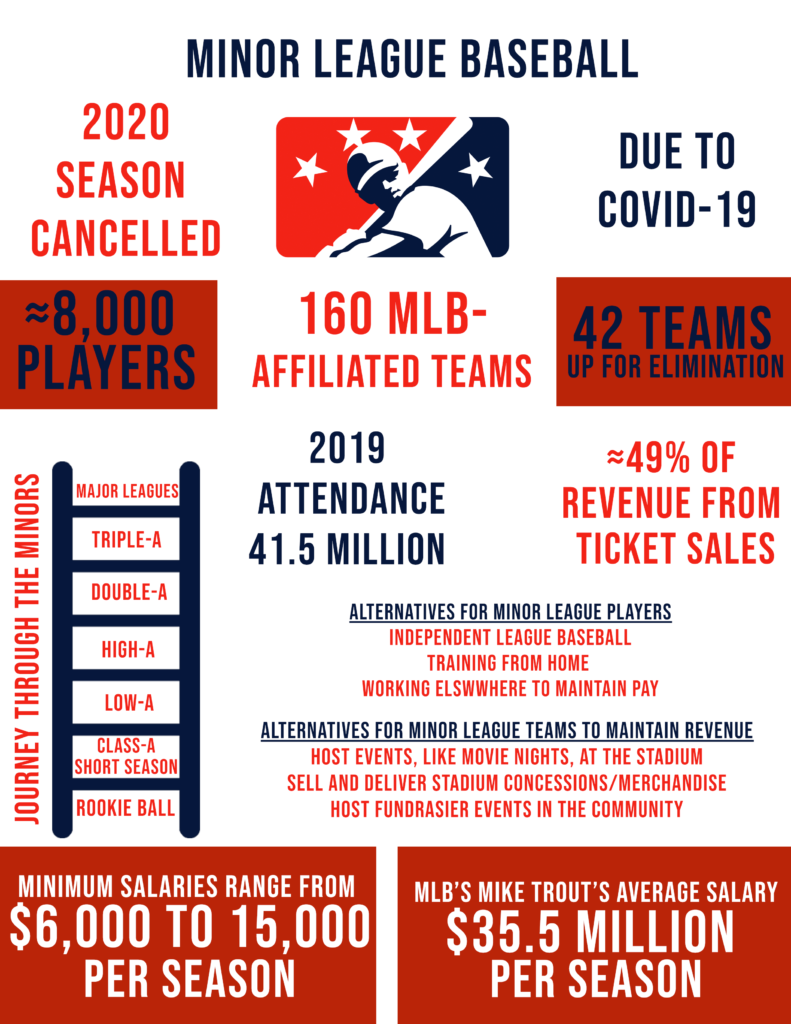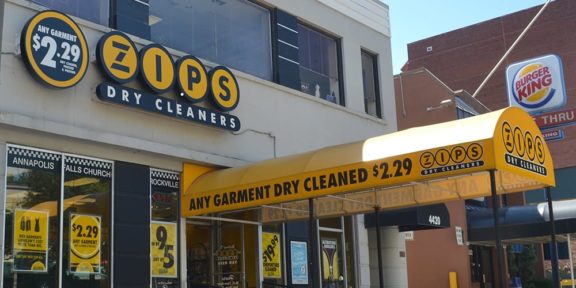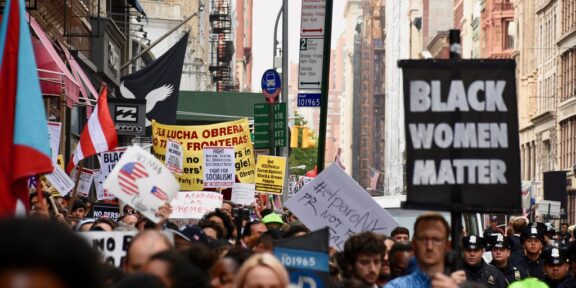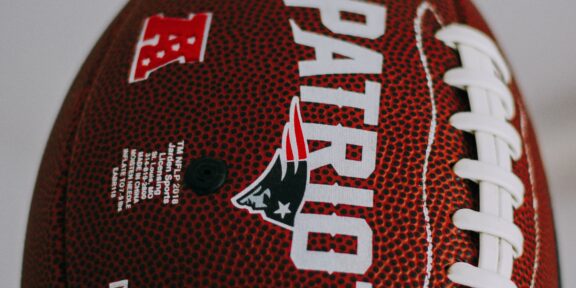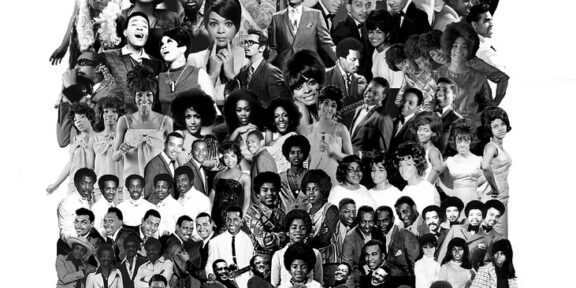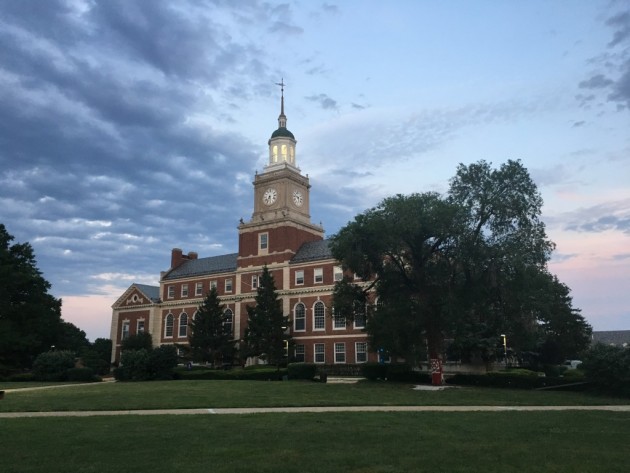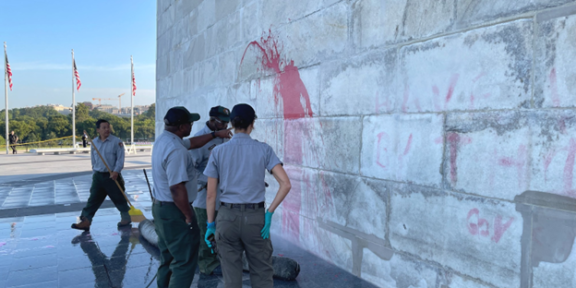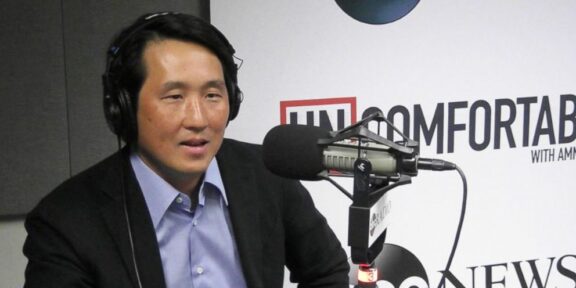By Arthur Cribbs, The Undivided for Howard University News Service
Spring training was in full effect in early March gearing up for the 2020 season, as thousands of players, coaches and fans in the baseball world flocked to Arizona and Florida.
Justin Friedman, a 22-year-old minor league pitcher in the Chicago White Sox organization at the time was in the midst of his first spring training as a professional baseball player. Selected in the 26th round of the Major League Baseball (MLB) draft by the White Sox in June 2019, Friedman spent the summer playing in the Arizona Rookie League with the other newly-drafted players.
Following the 2019 season, Friedman returned home to train and develop as a pitcher. He did so until February 2020, when he reported to Arizona for Spring training, where he prepared for the upcoming season. Although it was his first spring training, things were ordinary for Friedman. Until it wasn’t.
On March 12, a day after the National Basketball Association (NBA) put a halt to their season as a result of a positive Covid-19 test, MLB canceled the remainder of its spring training with about two weeks before the regular season. This cancellation affected the 1,200 players on major league rosters and the roughly 6,500 players in the minor leagues.
“We showed up to the clubhouse and everything was canceled. Just like that, in a blink of an eye, we got called into a meeting and it was like everyone is getting sent home,” said Friedman.
In an instant, Friedman packed his bags and drove back home to California with the uncertainty of what was to come.
Opening Day for the 2020 season, which was initially set for March 26 at the major league level, was pushed back for at least two weeks, and for Friedman, who was expecting to spend his first full year at the minor league level with the White Sox organization, the future became blurry.
Without the luxury of spring training, Friedman still had to stay in shape and tried to develop with the resources around him.
“With the covid restrictions in California, I would be on an open field in a mask, alone throwing into a net, and I’d be getting kicked out of parks because parks were closed. I was throwing at parking lots and against walls at parking garages. Finding places to workout was also difficult because gyms were closed.”
As time progressed, the actuality of baseball being played was nowhere in sight, and on May 21, news got even worse for Friedman.
“I was driving to go throw and got the call from the farm director basically saying ‘we’re going to release you.’”
As a 26th round pick in the draft the previous year, Friedman understood the business of baseball but was shortchanged a full season to prove himself as a professional athlete.
“I understand that I am first on the chopping block. There is no financial investment there. I thought that, because what most teams were doing, that it wouldn’t be guys from our draft class being released because we hadn’t had a season yet.”
Friedman wasn’t the only player to get released. In late May, thousands of minor league players were cut from their ballclubs and just a month later, Minor League Baseball (MiLB) announced that official cancellation of the 2020 season, further putting players and team staff in jeopardy of their jobs, if they had not already been laid off.
For Minor League Baseball players, who make as little as $290 per week and are not paid during spring training of the offseason, the year without baseball put players in a financial predicament.
While a handful of Major League Baseball organizations, including the White Sox and the Orioles, promised to provide some financial support to minor league players, contributing up to $400 per week through the season, players still looked to find new avenues to both maintain a salary, while staying in physical shape to pursue their dreams of playing in the major leagues.
Several players opted to play in independent leagues, which are located throughout the United States, where they could make anywhere between $500 and $2,000 per month. Given the cancellation of the minor league season, players who were under contract were still given the opportunity to play for an independent league team for a year.
Friedman, though, decided that instead of playing for an independent league team, he would train on his own and look for other ways of staying financially set.
“Teams are looking to cut players instead of add players. For me, the focus hasn’t been about showcasing, but more about doing the work. If I train for six months and get my pitching velocity to the upper 90s or the triple digits, I will have a job.”
While training on his own, Friedman is working with multiple brands, video content, digital art and as a sales representative with the company, Pando, to both set himself up financially and spend time with his other interests.
“I wasn’t given a signing bonus that will carry me through a minor league career. Going from making less than minimum wage last year in the minor leagues to being able to save a percentage of every paycheck and invest, it has been a sort of blessing in disguise.”
Just as players have been affected by the cancellation of the Minor League Baseball season, front offices and staff have been put in pressure situations to stay afloat as for-profit businesses.
Given the lack of feasibility of having fans attend games during the Covid-19 pandemic, the cancellation of the minor league season became inevitable.
Unlike major league ballclubs that were able to withstand a season without fans in attendance, in large part because of major television and sponsorship deals, minor league teams rely heavily on ticket and concession sales.
In 2016, the Sacramento River Cats were the highest valued minor league team, according to Forbes. They generated $11.5 million from ticket sales that year, which resulted in more than half of the team’s total revenue.
“The only real ways our teams can make money (are) when fans are in attendance with a drink in one hand and a hot dog on the other,” said Brian Shallcross, the general manager of the Bowie Baysox minor league team, located in Maryland. “If we had been asked to play without fans in the ballpark, we probably wouldn’t have been able to do that financially.”
Brian Shallcross, whose Baysox are the double-A affiliate of the Baltimore Orioles, oversees much of the team’s departments such as ticket sales, sponsorships, public relations, media relations and operations. Without a season, Shallcross has been forced to lay off a vast majority of his staff, leaving just six full-time workers with the Baysox.
Without baseball, the Baysox, along with the other 260 Minor League Baseball teams have looked for other ways to raise money and be of value to their communities.
“Our teams are becoming more entertaining companies than solely baseball companies,” said Shallcross.
Abiding by the limitations of Maryland Covid-19 restrictions, the Baysox stayed active through a chicken drive, where the team sold over a thousand cases of chicken to people in the Bowie community.
Other teams have used their facilities to host events, such as movie nights at the ballpark, as well as virtual events to keep fans engaged.
Keeping their concessions staff on the payroll, the Colorado Springs team, the Rocky Mountain Vibes allowed for fans to order stadium food, which was available for curbside pickup.
The Pensacola Blue Wahoos team listed their stadium on AirBnB, providing parties of up to 10 fans the opportunity to spend a night at the ballpark and use the amenities of the facility.
“That’s just a creative way for a team to meet payroll and keep people from being furloughed and laid off. MiLB is all about creativity and our teams are showing that’s true,” said Jeff Lantz, the senior director of communications for Minor League Baseball.
Outside of those directly affected by the cancellation of the Minor League Baseball season, the suspension of play had a residual effect on surrounding communities, as well as the product of Major League Baseball.
“Minor league baseball teams are the front porch of their communities. It’s where people go to have a fun night out and not spend a fortune,” said Lantz.
Despite the decline in attendance for MLB games, Minor League Baseball has witnessed an increase in fan attendance in recent years. Additionally, noticeably affected by the lack of a season from a community standpoint were businesses, especially those located in proximity to minor league ballparks.
Annie’s Cafe, located across the street from the Lake Elsinore Storm baseball stadium, saw a noticeable loss of business.
“We probably lost approximately 250-300 meals per month for their 6-month season just from the Storm not playing,” said Keith Kahn, the owner of Annie’s Cafe. “When the Storm is in town, we average at least 8-10 players/coaches/staff per day in the restaurant. Some days, we may have as many as 20 players eating in the cafe at one time.”
Outside of attracting players and coaches, Annie’s Cafe enjoyed an increase in customers from fans who came to Lake Elsinore to watch the Storm.
“Over the years, we met many first-time customers who came to town to see the baseball game and spent the entire weekend enjoying activities on Lake Elsinore,” said Kahn. “Many of those customers have made Lake Elsinore an annual trip during baseball season or stop by other times during the year to enjoy our food and service.”
In addition to the effects on the various entities within Minor League Baseball, including players, staff and local communities, the minor leagues also has a role in developing major league ballplayers.
“Historically, with a couple of exceptions, players have needed time to go from amateur baseball, before they are ready to compete. It’s not like the other sports like basketball or football so having a minor league system has been exceedingly successful in teaching guys how to be ready,” said Jonathan Mayo, a senior writer for MLB Pipeline, an MLB website dedicated to minor league prospects.
In fact, since 2000, only three players have gone straight from college to the major leagues without playing at the minor league level.
In 2020, MLB played a shortened regular season of 60 games, from July to September, while the minor league season was canceled. Opening the season on July 23, MLB rosters featured 30 players on the active roster and 30 players in an alternate site, which comprised of veteran players and a select few minor league prospects. The alternate site served in place of the minor leagues, but players at these locations could not play in the competitive atmosphere that MLB offers. The alternate sites served more as training grounds for players to stay in shape.
Without seeing live game action, several rookie players who were called up from the alternate sites to the major leagues had a more difficult time adjusting in 2020 compared to previous years.
“A guy like Jo Adell of the Los Angeles Angels is a phenomenal player but he didn’t have a lot of triple-A time. He moved really quickly and there was no minor league season this year, so he got called up early in the season,” said MLB Pipeline senior writer Jim Callis. “He struggled. This is an unusual year and he didn’t have much preparation like he normally would have to make that jump to the Big Leagues.”
Adell, who was ranked by MLB Pipeline as the fifth-best prospect coming into 2020, would have likely spent extra time to develop in the minor leagues, but instead played about two weeks at the Angels alternate site before his call up to the majors. In his rookie season, he batted a below-average .161 batting average, which, if he had enough at-bats to qualify, would have been the lowest in baseball in 2020.
Gavin Lux, who was a rookie for the Los Angeles Dodgers and was ranked the second-best prospect according to MLB Pipeline also experienced struggles in 2020, where he had a below-average .175 batting average.
Despite the impact that the minor leagues have had on Major League Baseball, the two entities voted on the Professional Baseball Agreement on September 30, which would cut 42 Minor League teams from the MLB umbrella.
Among teams cut are the formerly rookie-level Appalachian League, which was previously used as the grounds for minor league players. It will be transformed into a summer league for college athletes.
Further cuts may continue to Minor League Baseball, putting the future of several minor league organizations in jeopardy. While such cuts would directly affect organizations, minor league players, coaches, staff, community members, businesses and Major League Baseball would feel the residual effects of such cuts.


